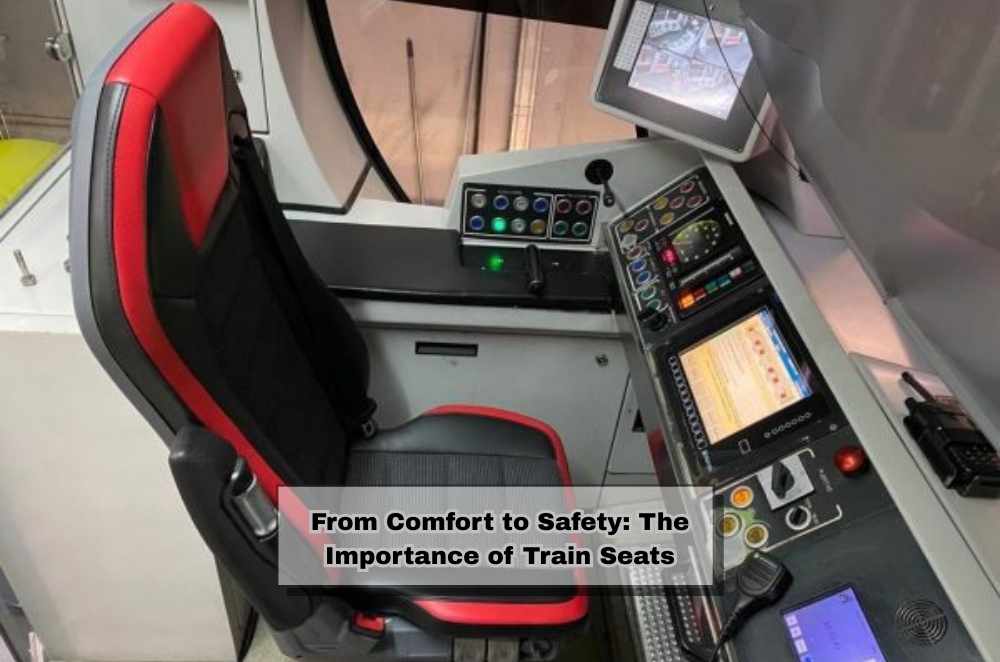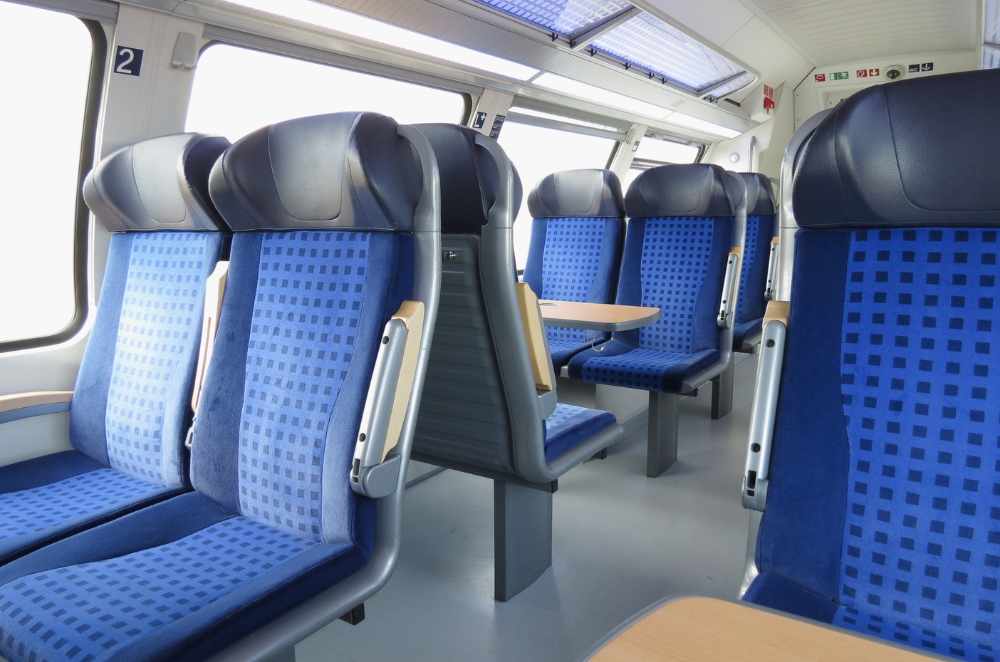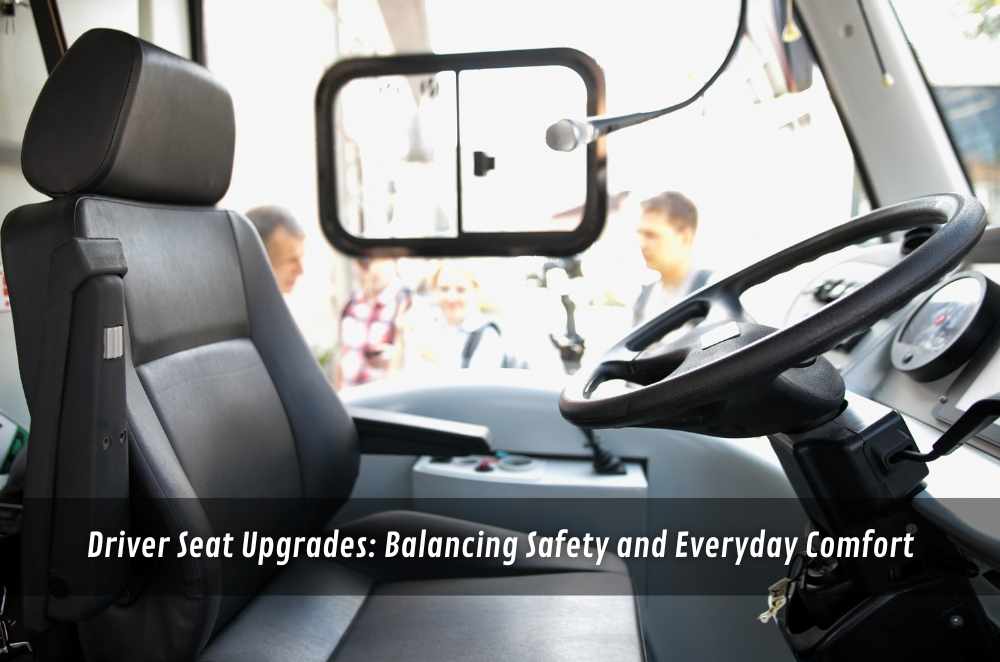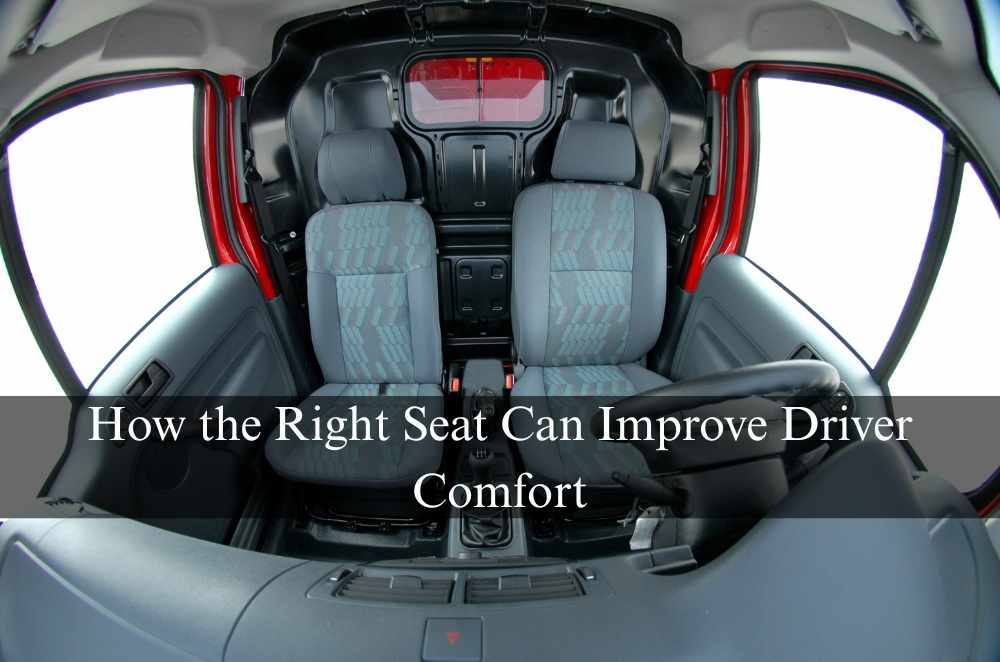
When you first hop onto a train, whether it is the morning rush out of Parramatta or a leisurely ride through the Blue Mountains, there is a good chance you do not give much thought to the seat you pick. In my early days riding the rails, neither did I. Maybe I noticed if the seat felt a bit too firm, or if it was easy to snag a window spot, but that was about it. That changed after logging hundreds of hours up and down the East Coast. You start to pay attention when you are on the move that much. The truth is, seats on train journeys are more than just a place to rest. They can be the difference between arriving at your destination feeling fresh or needing to stretch out for half an hour.
Right from the start, the train driver seat shapes the experience not just for the operator but for everyone on board. Unlike a regular passenger seat, the train driver’s seat is built for long stints, high focus, and a unique blend of comfort and safety. You would be surprised how much difference the right design makes, especially when you think about the physical demands of operating a train across the vast distances we deal with in Australia. Every cushion, every adjustment lever, even the way the seat absorbs the rattle of the tracks, is there for a reason. I have seen drivers switch to a new seat after years in an old one, and their feedback is almost always the same: better support means better alertness, and that means a safer ride for everyone.
Why proper posture matters for train drivers and passengers
Most people never consider posture when it comes to riding a train, but ask any driver or even a frequent commuter, and you will hear a different story. Hours spent in the wrong position add up. Sore backs, stiff necks, and even fatigue all become more likely. It is not just a matter of comfort, either. Good posture directly influences safety and focus, which is why modern rail seating, especially for drivers, incorporates design cues based on health and safety research.
The NSW Government’s guidelines on good driving posture underline the importance of adjusting your seat and headrest to suit your height and build. According to their official recommendations, the way you sit can help prevent injury, reduce strain, and improve reaction times behind the controls. Train operators know this well. The best driver seats are not just about comfort, but about enabling hours of sharp attention and quick response when needed. From adjustable lumbar support to carefully designed armrests, every detail matters.
Even as a passenger, I have found that simple changes to posture make a world of difference on long journeys. Getting your back straight, feet flat, and head supported by the seat back can turn a slog into a surprisingly pleasant trip.
Passenger comfort on trains: What counts?

Anyone who commutes regularly will tell you they have a favourite seat. Some go for the window, chasing a bit of scenery or a quiet moment. Others make a beeline for the aisle to get out quickly at their stop. But what makes a seat truly comfortable is more than location. There is real science behind the padding, the spacing, and the shape of each seat.
For a start, train seats need to accommodate people of all shapes and sizes. What feels fine to a tall bloke after footy training might not work for a smaller person with a backpack and groceries. The seats have to walk the line between being supportive and not restrictive. I remember one particularly crowded afternoon heading into Central. I was wedged between two other commuters, yet the seat design meant none of us felt overly cramped. That is thoughtful engineering at work.
The layout matters just as much. On a busy carriage, the way seats are spaced can be the difference between an enjoyable trip and a stressful one. Features like individual armrests and fold-down tables are surprisingly useful. Cleanable materials, too, are a big plus—anyone who has dealt with a spilled coffee will agree.
Ample legroom and logical spacing help everyone settle in
Quality padding and proper lumbar support keep aches at bay, even on long rides
Accessibility features for prams, wheelchairs, and those with limited mobility are critical
User-friendly storage lets you keep bags and devices close by
Attention to these details is what truly lifts passenger comfort on trains . When rail operators put the work in to upgrade seating, you notice fewer complaints, more relaxed passengers, and an all-around better mood on board.
Seat design for driver and passenger safety
It is not just about comfort, though. Safety is woven into every part of train seat design. I once rode a service that had to stop suddenly just outside Newcastle. There was a sudden jolt, but thanks to the seatbacks and how firmly everything was anchored, nobody was thrown forward or hurt. It was not luck, but clever planning and engineering.
For train drivers, safety starts with the seat. The train driver's seat is often fitted with vibration-dampening materials and can be fine-tuned for the person using it. Easy access to controls means a driver never has to stretch or twist awkwardly, which keeps them focused on the track ahead.
For passengers, high-backed seats, anti-slip coverings, and strong anchoring provide real security. In the event of a quick stop or an unexpected incident, these features help everyone stay put. Fire-resistant fabrics and padding are now standard, and modern layouts provide clear pathways to exits.
Here are some of the key features modern train seats now include:
Crash-resilient seat frames that protect during collisions
Fire-resistant materials that add peace of mind
Grab handles for added stability when standing or moving through the carriage
Clearly marked evacuation routes that remain open and unobstructed
The way train seating is changing is a sign of how much thought and investment go into making rail travel safer. There are now entire teams dedicated to researching new materials, innovative manufacturing methods, and safer seating layouts for trains.
Looking ahead: What is next for seats on trains?
With continuous improvements geared toward comfort, safety, and accessibility, Australia's rail future seems promising. Smart textiles that change to body temperature, modular designs for group or lone travel, and increased accessibility define the next generation of train seats. Projects like the Sydney Metro and regional fleet upgrades demonstrate that operators are investing in improved passenger experiences. Little changes like movable, more secure seating greatly improve the trip. Contrasting ancient benches to modern seats shows us how far we have gone. In the end, it's the smallest features that make train travel safe and pleasurable for all.









Write a comment ...